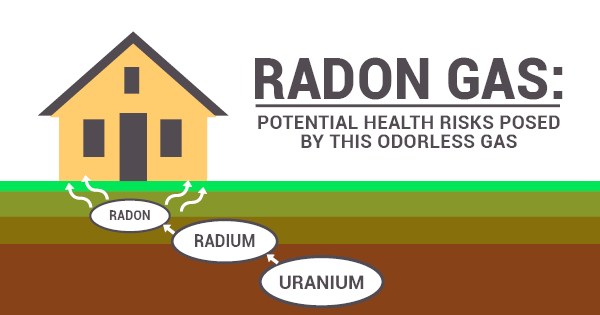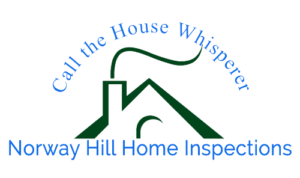Adventures in Home Owning: National Radon Action Month

Dear Homeowner,
We’re more than halfway through the month of January, which means we’re also more than halfway through National Radon Action Month! Didn’t know that was a thing? No worries, we’re sure you’re not alone. However, we’re here to shed some light on what radon is and why there is a National Radon Action Month to bring awareness to it!
At its basic level, radon is a colorless and odorless radioactive gas. It is a byproduct of another element, uranium, as it begins its process of decay whereby it will eventually become lead. Uranium is a particularly potent element that is perhaps best known for its devastating nuclear qualities and was used in the construction of the only two atomic bombs to have been used in active warfare. Despite the immense power and capacity for destruction uranium has, it also occurs in lesser concentrations all around the globe, and can be registered in water sources, in the earth, and in rocks. It is for this reason, particularly, that homeowners must be cautious of the presence of uranium around their homes.
Although uranium occurs naturally and will likely be found in small concentrations in the earth around your home, the problem for homeowners arises when larger buildups of uranium begin to decay, producing radon gas. Unlike the denser element of uranium, radon’s status as a noble gas, and one with no distinctive smell, taste, or color, allows it to seep up through soil and into the air we breath. Although some small concentrations of radon is expected in the surrounding air, if considerable levels of radon gas seep through the soil and percolate through the cement and cracks of an enclosed home the air within can become highly concentrated, which is dangerous for all inhabitants to inhale for an extended period of time.
Prolonged exposure to radon gas effects our lungs, first and foremost. As constant levels of radon are inhaled, the element will eventually find its way into the linings of the lungs. Once there, it will give off radiation which can eventually lead to lung cancer. It is for this reason that in 1999 the United States Environmental Protection Agency declared January National Radon Action Month to bring awareness to this dangerous aspect of homeownership and offer solutions for prevention. Stay tuned next week as we go over testing methods to determine your homes likelihood of radon exposure, and precautionary steps to take in order to avoid unhealthy levels of radon in your home.
Until next time, homeowner!
